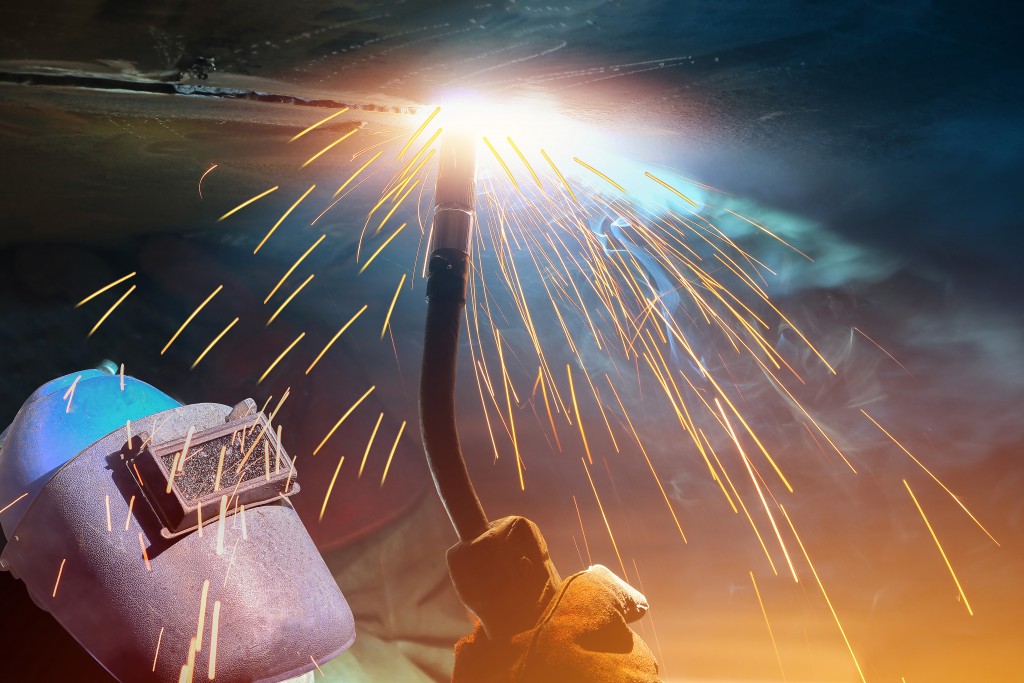In welding, the range of options available is generally overwhelming. You will need to choose your protective gear, type of welding consumables and non-consumables among other factors. One of the primary choices that affect other decisions is the welding electrode coating.
The coating of welding electrodes is generally 1–3mm thick and comprises 15–30% of the electrode’s weight. It improves your arc’s stability, forms a protective slag over your hot metal, provides flux, acts as a deoxidizer and slows down the weld’s cooling rate to avert hardening.
The welding electrodes’ coating determines the ideal welding protective equipment you need and the quality and strength of your welds. An electrode coating is composed of minerals, metal, organic materials and binders.
Minerals protect the electrode from the fluctuations in your environment while the metal adjusts your weld metal properties to those which mirror the steel in your welded joint. Organic materials, on the other hand, are decomposed during the weld and release hydrogen, which is beneficial to the weld’s operation while binders adhere the coating to the metal core.
The following are the electrode coating types generally used on welding electrodes.
Rutile Coating
This coating comprises titanium dioxide which provides an acidic slag to your weld. The rutile coating has exceptional arc stability and lowers the fume emission of your electrode and the spatter level in your weld.
It is used for welding of low carbon steels and has sound protection. There are some rutile electrodes sold as medium rutile electrodes. These have added cellulose which provides an extra gas shield.
Low or Basic Hydrogen Coatings
These contain fluorites and calcium carbonates and must meet set requirements of welding steel, including impact and tensile strength, creep and CTOD. The hydrogen in these coatings protects them from cracking and makes the electrodes suitable for low carbon, low alloy, and high strength steels. Welding electrodes with a hydrogen coating should be adequately baked before their use to guarantee their efficiency.
Cellulose Coatings
These resemble rutile coatings but have a lower titanium dioxide percentage compared with the latter. As cellulose burns, it generates carbon monoxide and hydrogen which form a protective shield around the molten base metal.
The penetration rate of cellulose coating is higher compared to that of a rutile coating, but there is a hydrogen embrittlement risk to your base metal owing to the high evolution rate of hydrogen gas.
Iron Oxide Coatings

These comprise silicates and manganese and iron oxides which generate an acidic slag. You can use both alternating and direct currents on these electrodes, although their high oxygen content might result in a weld deposit of low strength.
In most instances, therefore, deoxidizers are added to iron oxide coatings. These generate a deoxidized weld with exceptional mechanical properties. The addition of deoxidizers also makes iron oxide coatings ideal for positional welding.
The right type of equipment for your weld makes the difference in the nature of welds you will get. These coatings should thus be carefully matched to your metal and the properties you are aiming for. Ensure the electrodes are kept dry irrespective of their coating and do not bend them to not compromise their coating.

